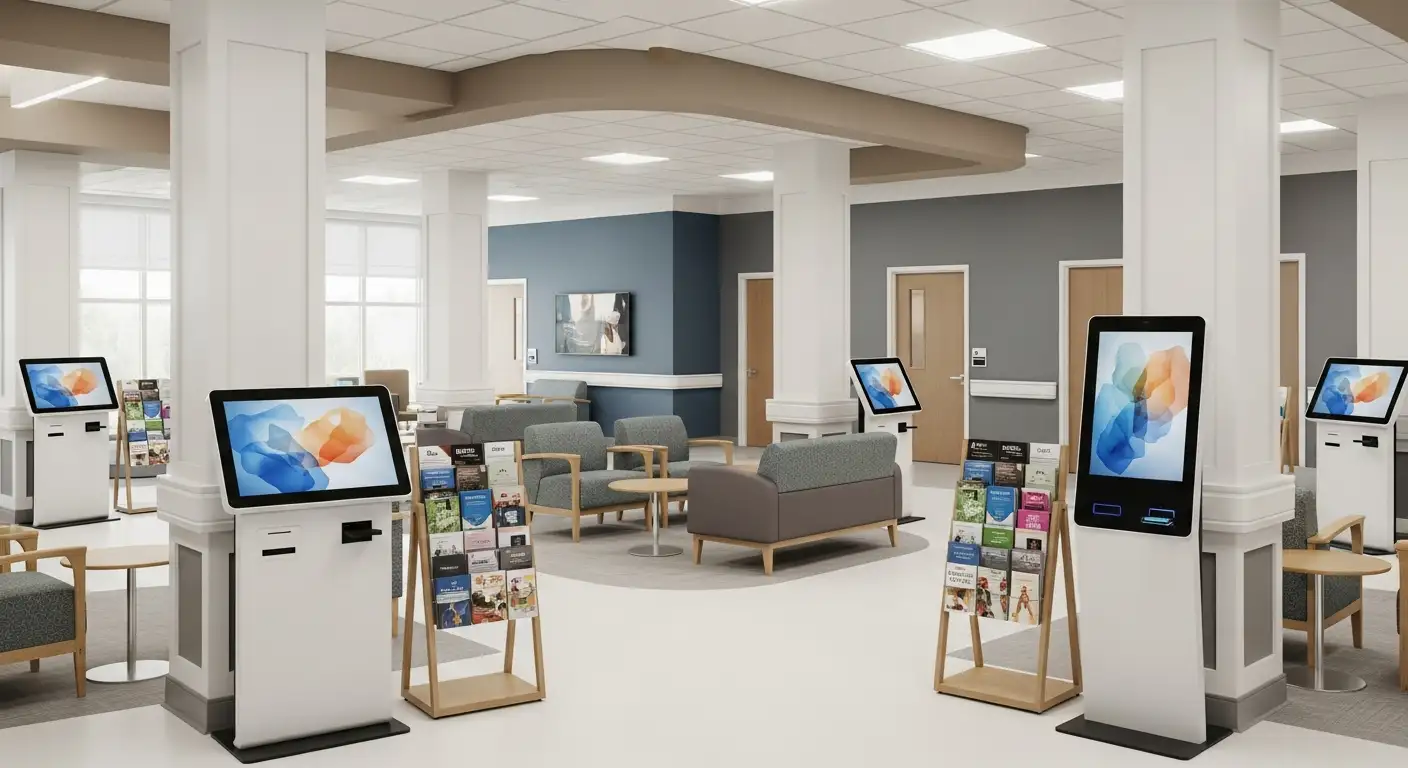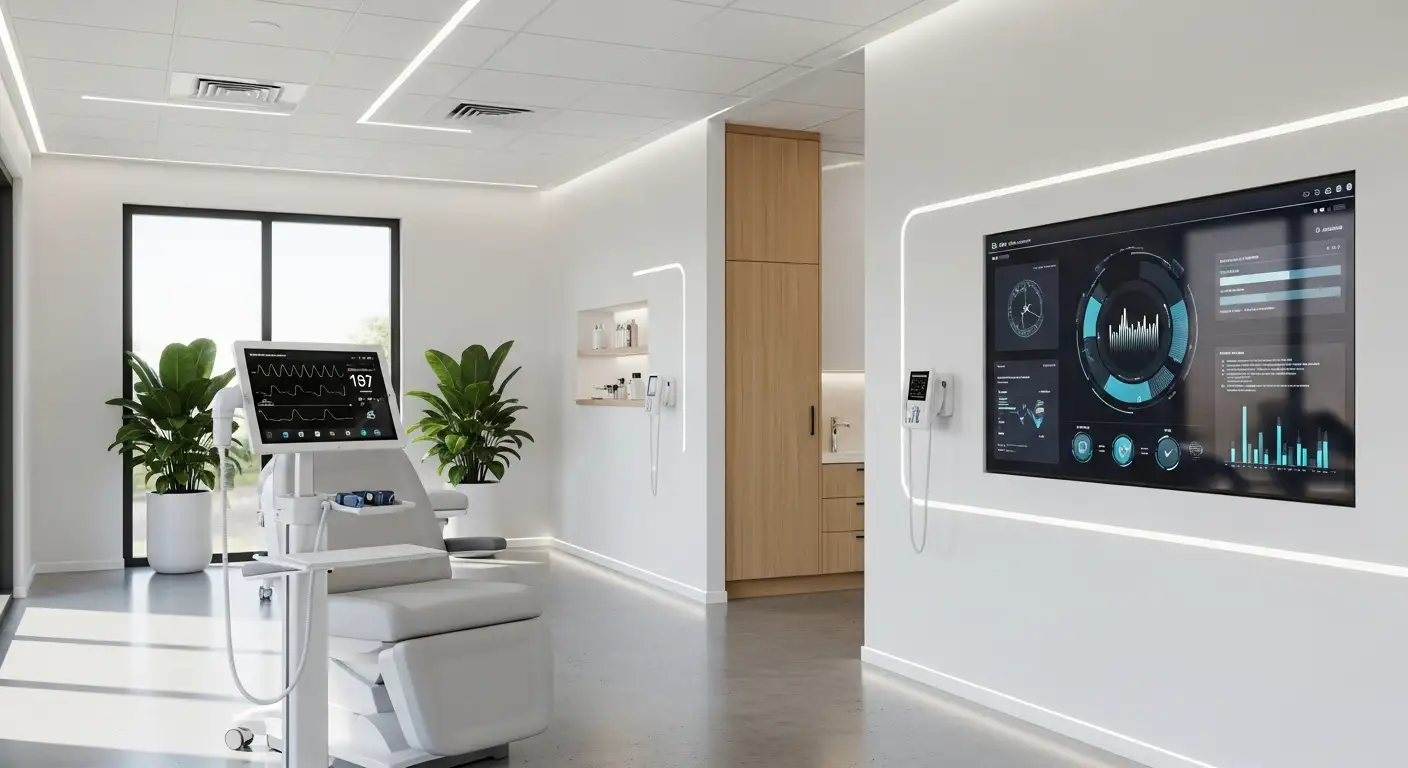Tips for Caregivers Managing Virtual Appointments for Seniors

Navigating Virtual Healthcare for Seniors: A Guide for Caregivers
As telehealth continues to expand, caregivers play a crucial role in ensuring that seniors receive effective, safe, and stress-free virtual healthcare. From preparing technology to fostering clear communication, this guide provides comprehensive tips for managing virtual appointments efficiently and confidently, enhancing the overall care experience for older adults.
Pre-Appointment Preparation and Organization

How does adding a confirmed telehealth appointment to a calendar help?
Adding your telehealth appointment to your calendar ensures that it isn't forgotten. Whether you use a digital calendar or a paper planner, marking the date and time in advance helps you stay organized. Some platforms even allow you to set reminders or alerts, which can prompt you shortly before the appointment.
What should be done to gather essential health information for the appointment?
Before the session, gather everything you might need: medication lists, medical records, recent test results, and a list of symptoms. Having this information readily available allows for more accurate communication and helps the healthcare provider understand your current health status.
How can preparing questions benefit the virtual visit?
Preparing a detailed list of questions and concerns beforehand ensures you cover all important topics. It prevents forgetting critical issues and helps make the most of your limited appointment time. Writing questions down and highlighting the most urgent ones makes discussions more effective.
Why is it important to have key documents like insurance cards and legal directives ready?
Keeping insurance information, legal documents such as advance directives, and power of attorney papers handy helps streamline the check-in process. It also ensures the healthcare team has all necessary permissions and coverage details to proceed smoothly.
Additional Steps for a Successful Telehealth Visit
| Step | Action | Purpose |
|---|---|---|
| Test Equipment | Check your device, camera, and microphone | Avoid technical issues during the appointment |
| Ensure Connectivity | Use a wired connection or sit close to Wi-Fi router | Maintain a stable and high-quality connection |
| Prepare Space | Choose a quiet, well-lit room | Minimize distractions and improve visibility |
| Device Positioning | Place device on a sturdy surface and frame the person’s head and shoulders | Enhance visual clarity |
| Practice Use | Try out the telehealth platform with a family member or friend | Familiarize yourself with the process |
Follow-up Care After the Appointment
Post-visit practices include reviewing instructions and medication plans, scheduling follow-up appointments if needed, and monitoring health conditions. Staying in touch with your healthcare provider via patient portals or secure messaging can help address ongoing concerns.
Creating a smooth telehealth experience starts with thorough preparation. By organizing health information, testing technology, and choosing the right environment, seniors and caregivers can facilitate clear communication and effective virtual care.
Effective Use of Telehealth Tools and Platforms

What are best practices for using telehealth tools and platforms effectively for senior care?
Using telehealth effectively requires careful selection and preparation. It's important to choose platforms that are secure and user-friendly, ensuring they comply with privacy regulations to protect sensitive health information. Caregivers and seniors should receive thorough training on how to operate these tools, with technical support readily available to troubleshoot issues.
Tailoring telehealth services to fit the specific health needs of seniors, such as chronic disease management or behavioral health support, makes virtual care more relevant and effective. Maintaining good video and audio quality during consultations enhances communication, which is crucial for accurate assessments.
Patience in managing technical problems and establishing a rapport with healthcare providers promotes trust. Flexibility, combining virtual sessions with in-person visits when needed, helps provide comprehensive care. Regular reviews of telehealth processes, obtaining feedback, and adjusting protocols contribute to continuous improvement, ensuring the system remains responsive, reliable, and suited to seniors’ needs.
How can caregivers prepare seniors for telehealth visits?
Caregivers play a vital role in preparing older adults for virtual healthcare appointments. The process begins with setting up and testing all necessary technology well in advance, including cameras, microphones, and internet connectivity. Caregivers should familiarize seniors with the telehealth platform, guiding them through the login process and demonstrating how to navigate the system.
Creating a checklist of essential items—such as medications, medical records, questions for the doctor, and any required documents—helps keep the appointment focused and efficient. Positioning the device in a well-lit, quiet space at eye level ensures clear visuals and sound, making communication smoother.
Scheduling appointments ahead of time and adding reminders to digital or paper calendars reduces last-minute stress. During the session, caregivers should support special needs like hearing or vision impairments and stay involved if the senior desires assistance. Organizing relevant health information beforehand allows for meaningful and productive conversations, making virtual visits less stressful and more effective for seniors.
Building Trust and Communication in Virtual Care

How can caregivers ensure clear communication and understanding during virtual appointments?
Effective communication during virtual appointments is essential to provide seniors with quality care. To achieve this, caregivers should create open, respectful, and clear channels of dialogue. This involves helping seniors articulate their concerns confidently and encouraging them to ask questions directly to their healthcare providers. Using preferred contact methods—such as video, phone calls, or secure messaging—can greatly improve understanding and comfort.
Maintaining professionalism and mutual respect with the healthcare team fosters a trusting relationship. Caregivers play a vital part by framing questions clearly and ensuring that visual and audio aspects are optimized—such as positioning the device on a sturdy surface and choosing a well-lit space—to enhance clarity. Involving family members or advocates can further support the senior’s voice, ensuring that their needs and concerns are effectively communicated.
In addition, preparing the environment to minimize background noise and distractions, along with testing sound and video beforehand, helps prevent miscommunication. When seniors feel heard and understood, their engagement with virtual care improves, leading to better health outcomes.
Empowering Caregivers for Better Virtual Healthcare
Managing virtual healthcare appointments for seniors can be significantly improved through meticulous preparation, effective communication, and strategic use of technology. By creating organized plans, fostering trust, and leveraging training and support resources, caregivers can reduce stress and ensure high-quality care. Emphasizing privacy, safety, and continuous engagement helps build a resilient virtual care environment that benefits both seniors and their care teams. Ultimately, embracing these best practices enables caregivers to serve as confident advocates, ensuring that older adults receive the attentive, effective, and compassionate healthcare they deserve.
References
- Telehealth Tips for Older Adults - Elder Advisory Group, LLC
- Taking Someone to a Doctor's Appointment: Tips for Caregivers
- Tips for an Effective Telemedicine Appointment for Older Adults
- Telehealth for Seniors: Tips on Virtual Healthcare
- Care for Elderly Parent Online Family Caregiver Support
- Caregiver Tips for Doctor Visits with Aging Parents - Mass Care Link
- Reducing Medical Appointments: Tips for Seniors and their Caregivers
- Finding Balance: Strategies for Caregivers Managing Work and Life
Recent articles
Want to Feel Better and Live Healthier?
Join hundreds of patients taking control of their health with personalized care that fits their life – not the other way around.
Rated 4.8/5 by 32+ customers







